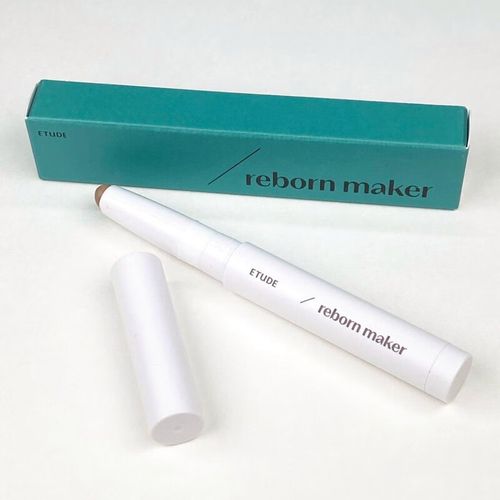Are you a music enthusiast or a professional sound engineer? Have you ever wondered what makes certain recordings sound so rich and full of character? The answer lies in the warm tone of the recording equipment, particularly the microphone. In this article, we delve into the concept of warm tone and explore how it can elevate your music to new heights.
Understanding Warm Tone
Warm tone refers to the characteristic sound quality that makes recordings sound rich, smooth, and full of depth. It is often associated with a certain warmth and smoothness in the mid-range frequencies, which can make vocals and instruments sound more natural and expressive.

Warm tone is not an absolute quality but rather a subjective perception. Different people may perceive the same recording differently, and what one person considers warm, another may find too muddy or boomy. However, there are certain characteristics that are commonly associated with warm tone:
-
Enhanced mid-range frequencies
-
Smoothness and warmth in the high frequencies
-
Rich and full-bodied low frequencies

Warm Tone and Microphones
Microphones play a crucial role in capturing the warm tone of a recording. Some microphones are specifically designed to produce a warm tone, while others may require additional processing to achieve the desired effect. Here are some popular microphones known for their warm tone:
| Microphone | Description |
|---|---|
| Neumann U87 | One of the most iconic microphones, known for its smooth and warm tone, making it a favorite for vocals and acoustic instruments. |
| Shure SM7B | Popular among vocalists, the SM7B offers a warm and smooth sound, making it ideal for recording vocals in a home studio. |
| Audix OM5 | With its vintage design and warm tone, the OM5 is a versatile microphone suitable for various applications, including vocals, drums, and acoustic instruments. |
Creating Warm Tone
While certain microphones are naturally warm, you can also achieve a warm tone using other techniques:
-
Preamp Gain: Adjusting the preamp gain can add warmth to your recordings. A slightly higher gain setting can help to enhance the mid-range frequencies and create a more natural sound.
-
Compression: Using compression can help to smooth out the dynamic range of your recordings, resulting in a more cohesive and warm tone.
-
EQ: Boosting the mid-range frequencies and gently rolling off the highs can help to create a warm tone. Experiment with different settings to find the perfect balance for your music.
Warm Tone in Different Genres
Warm tone is not limited to a specific genre of music. In fact, it can be found in a wide range of genres, from classic rock to hip-hop and jazz. Here are some examples of how warm tone is used in different genres:
-
Rock: Warm tone microphones like the U87 and SM7B are often used to capture the rich and expressive vocals of rock artists.
-
Hip-hop: Warm tone microphones can add depth and character to the vocals and instruments in hip-hop recordings, making them stand out in the mix.
-
Jazz: Warm tone microphones and preamps are often used to capture the smooth and expressive nature of jazz instruments and vocals.
Conclusion
Warm tone is a crucial element in creating rich and expressive recordings. By understanding the characteristics of warm tone and utilizing the right equipment and techniques, you can elevate your music to new heights. Whether you are a music enthusiast or a professional sound engineer, exploring the world of warm tone can open up a new world of possibilities for your recordings.



